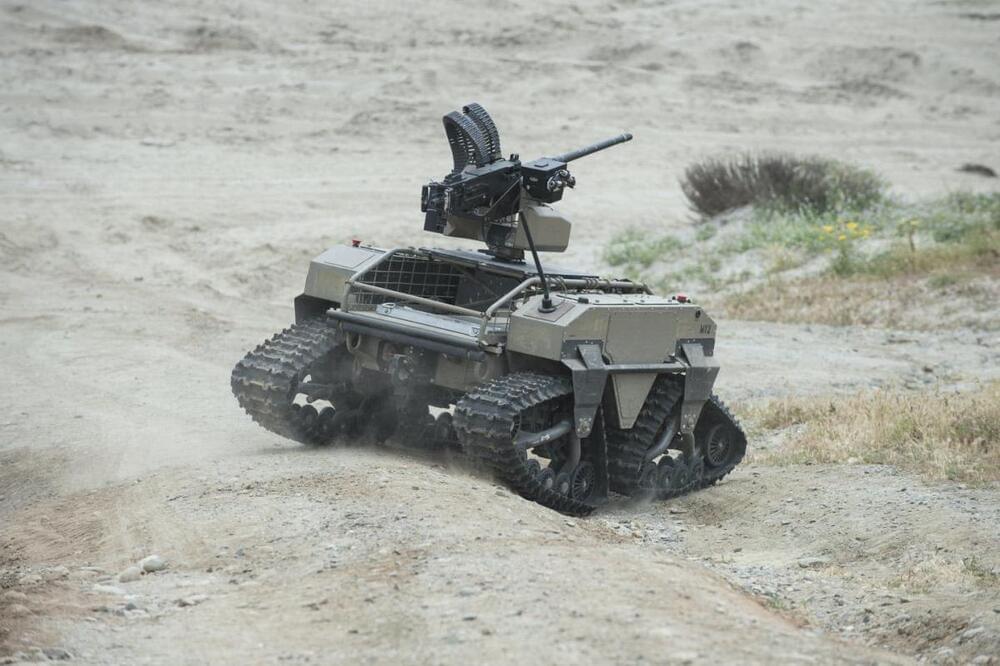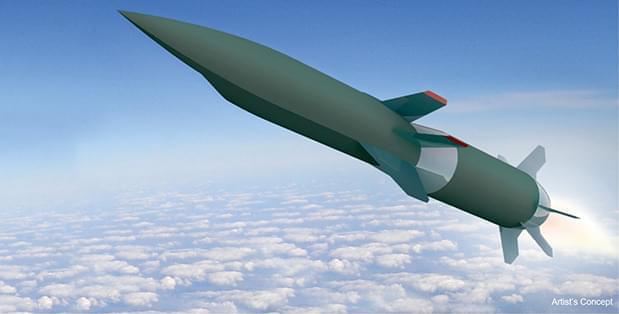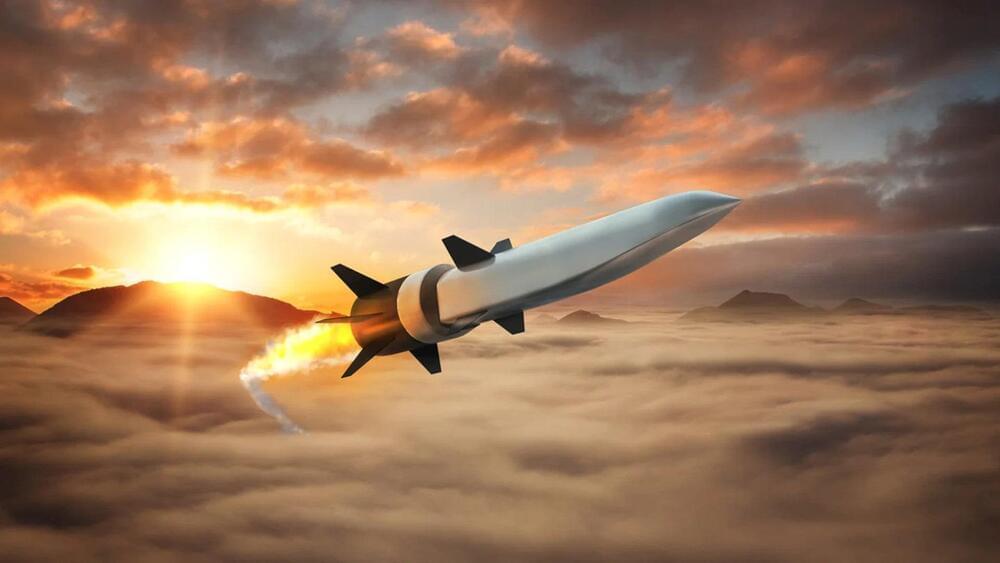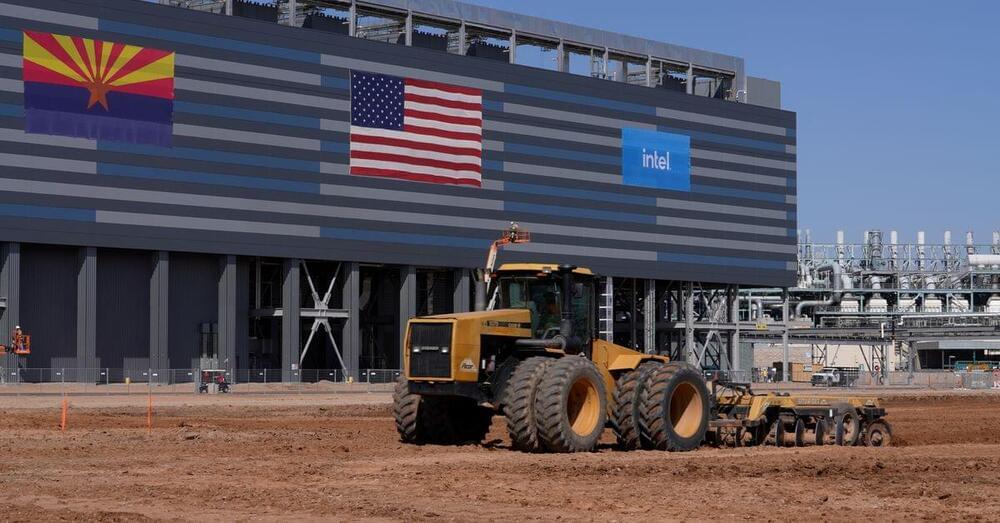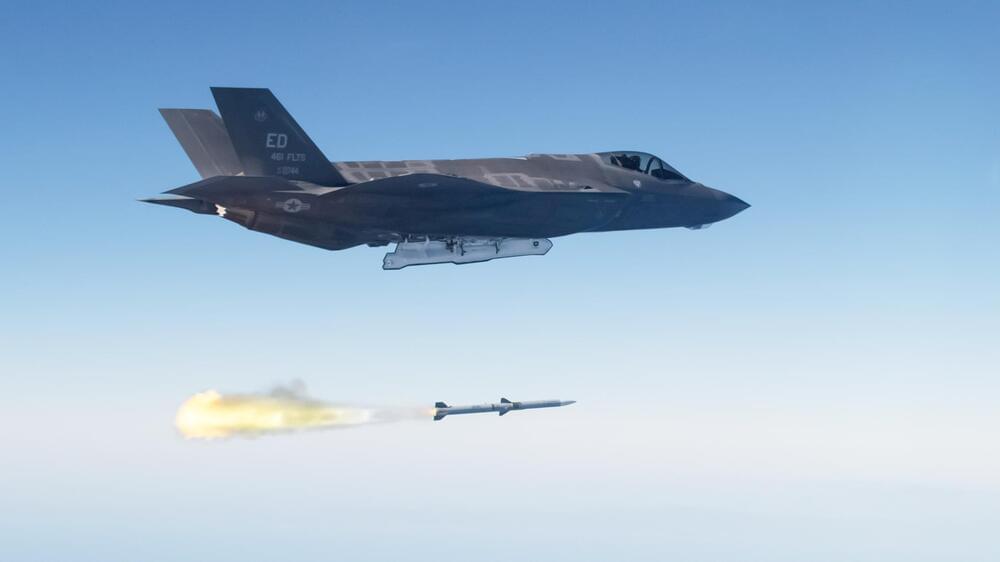Oct 2, 2021
Space Force: A New Domain with Neil deGrasse Tyson
Posted by Alan Jurisson in categories: alien life, military, physics, robotics/AI, satellites
This week’s episode is brought to you by The Space Force. For more information, please go to http://www.spaceforce.com #sponsored.
How much of your life is touched by space? On this episode, Neil deGrasse Tyson and comic co-host Chuck Nice break down the newest branch of the US military, The Space Force, with Charles Liu, Major General DeAnna Burt, and Dr. Moriba Jah. Is this one step closer to Star Wars?
Continue reading “Space Force: A New Domain with Neil deGrasse Tyson” »



